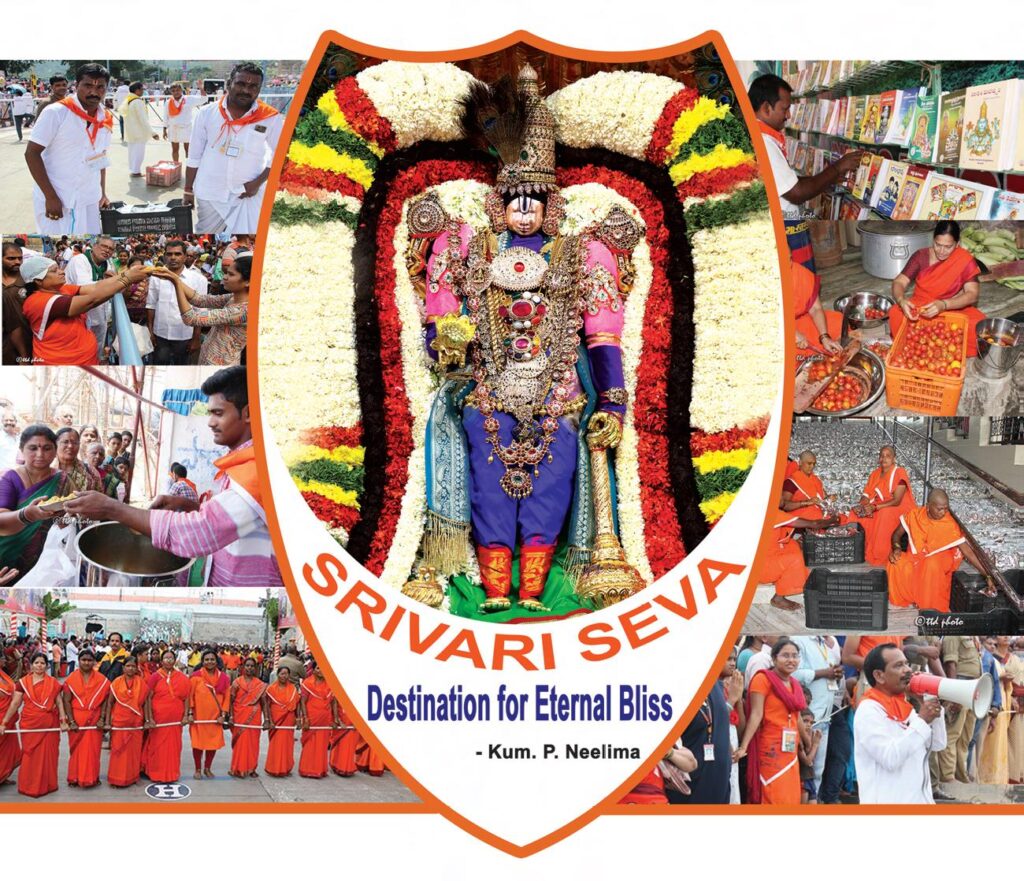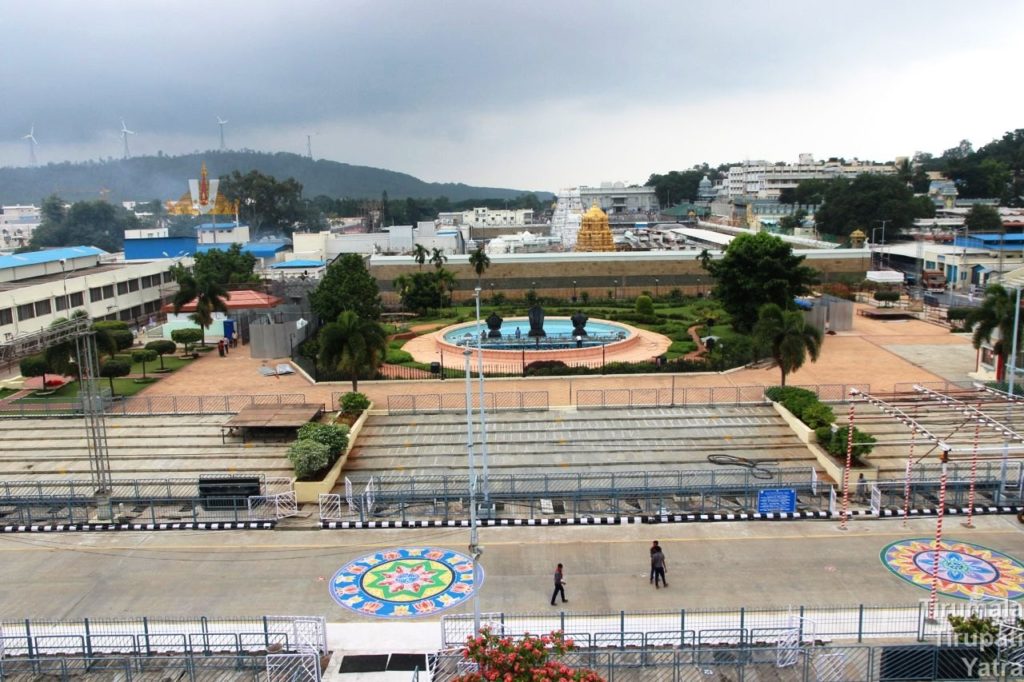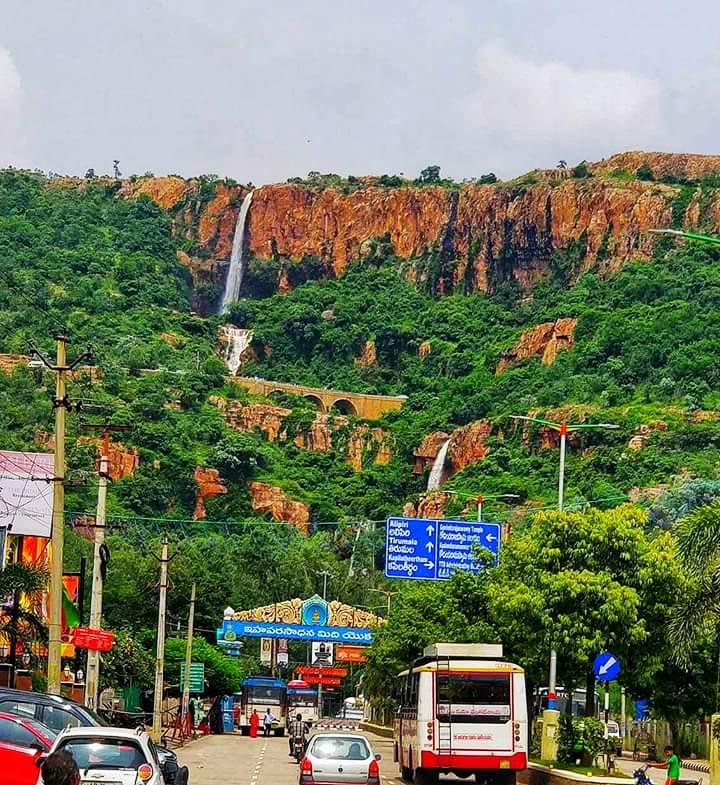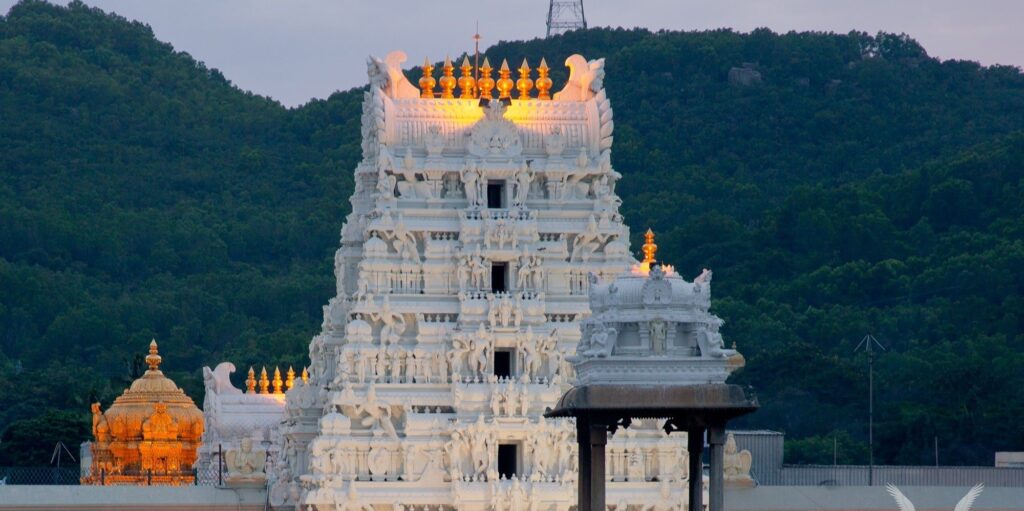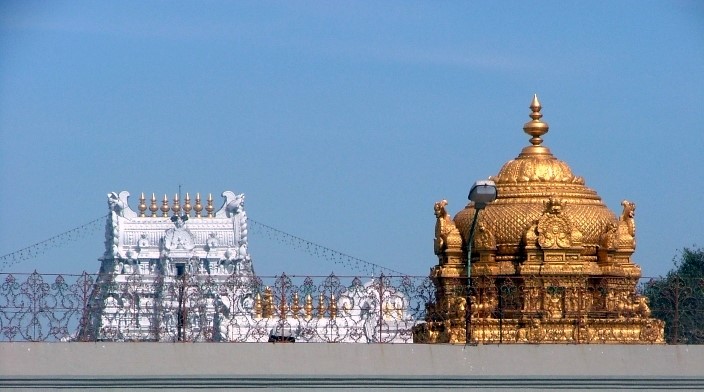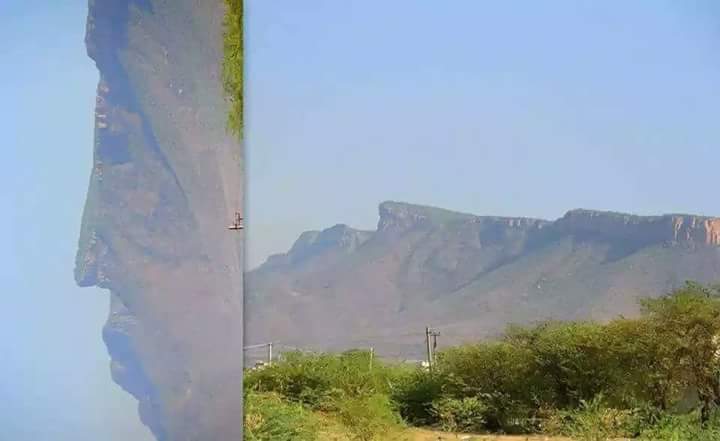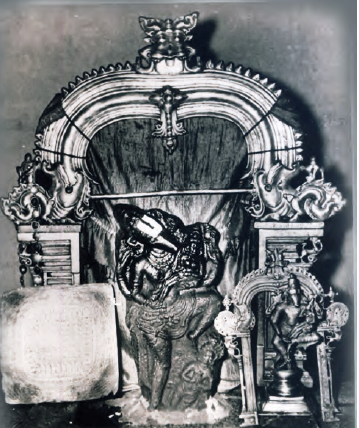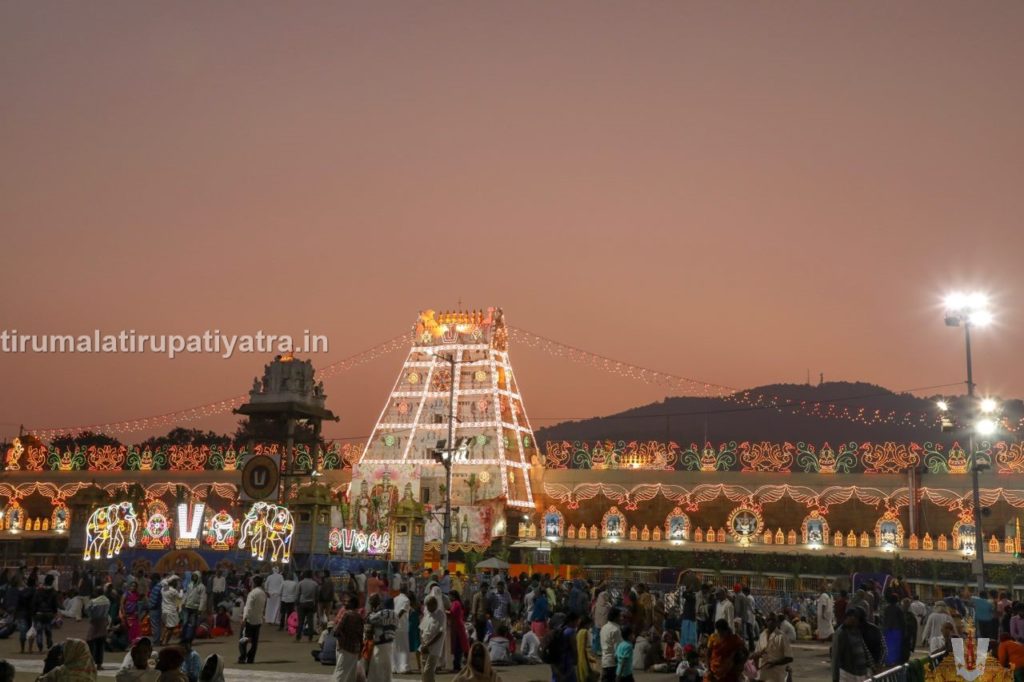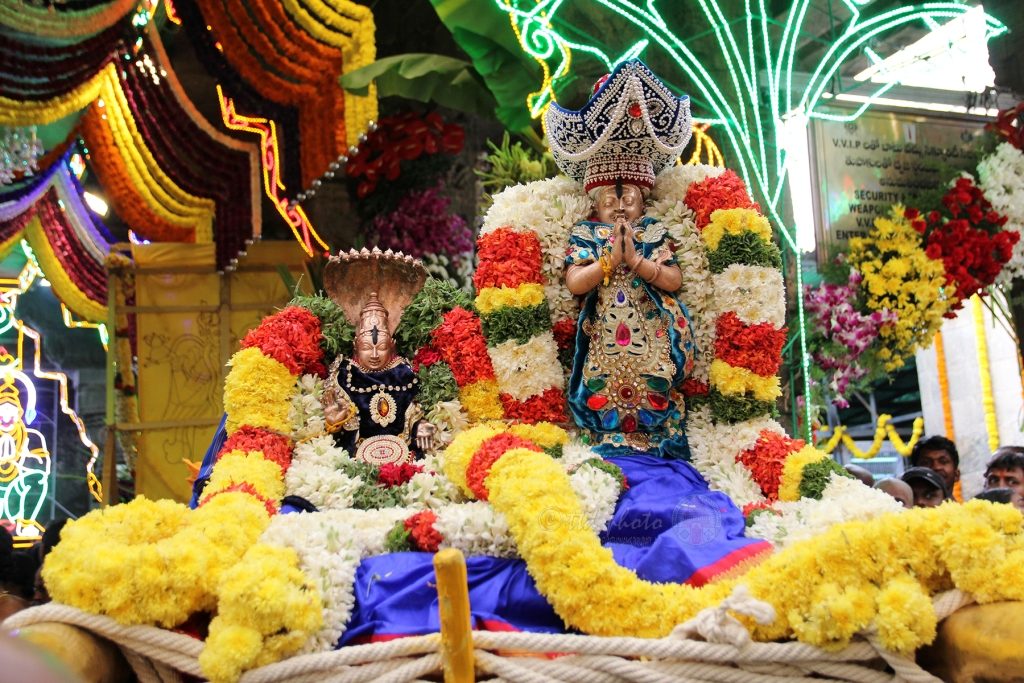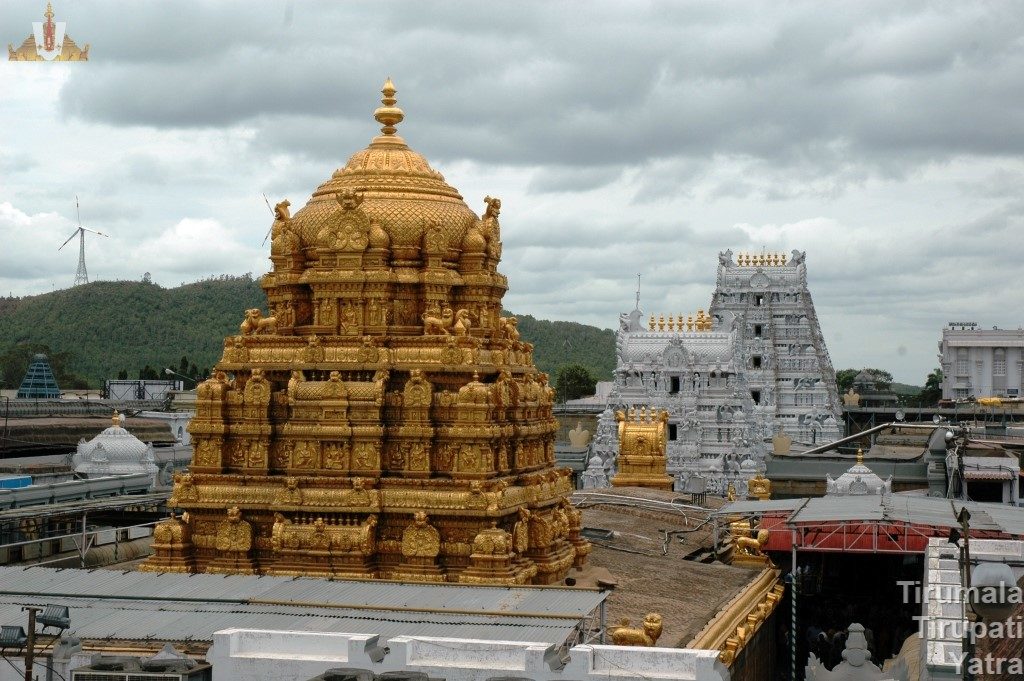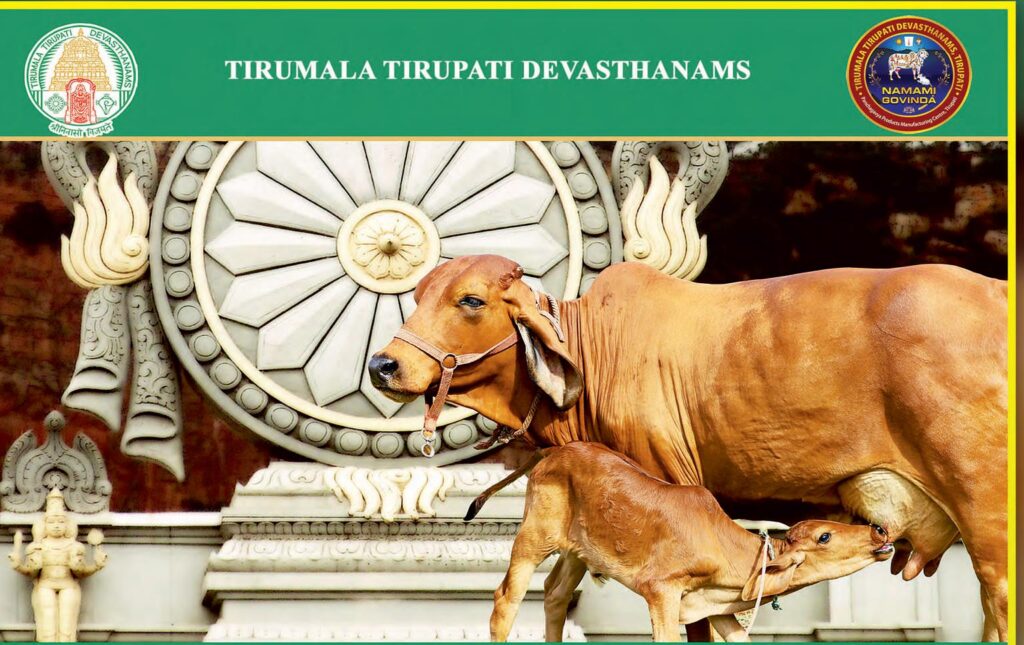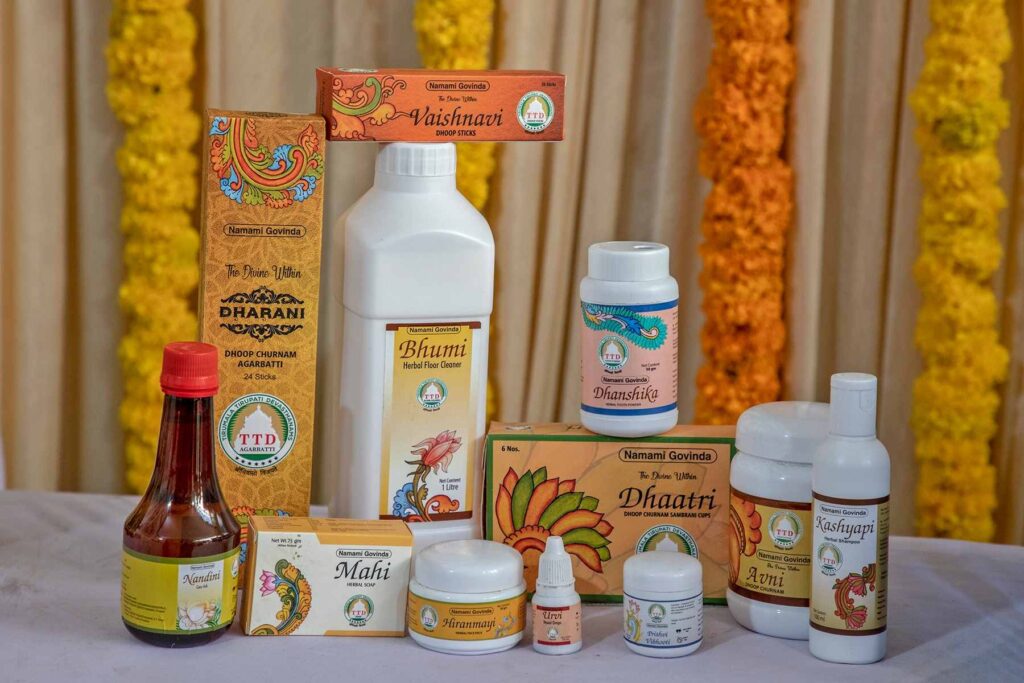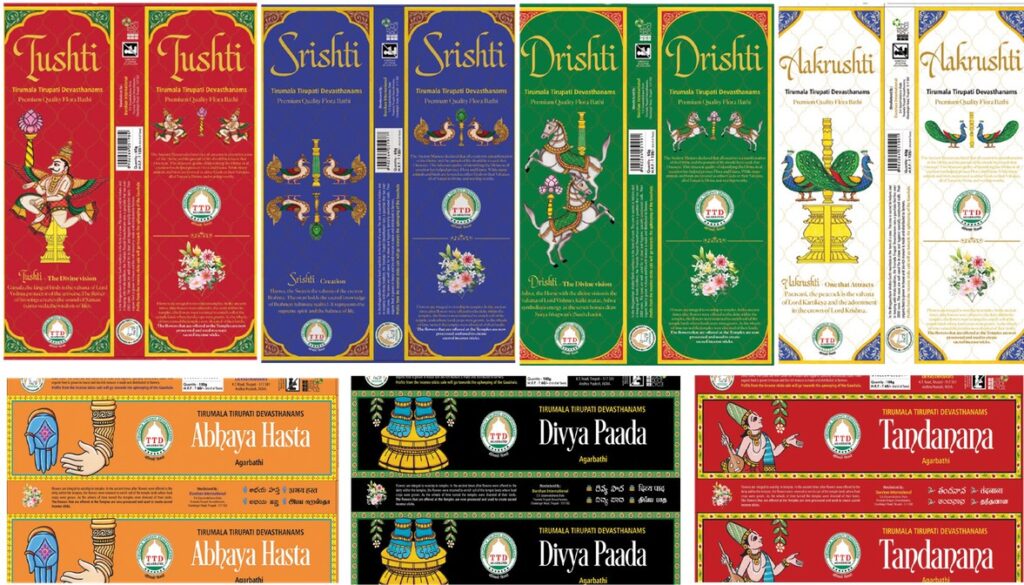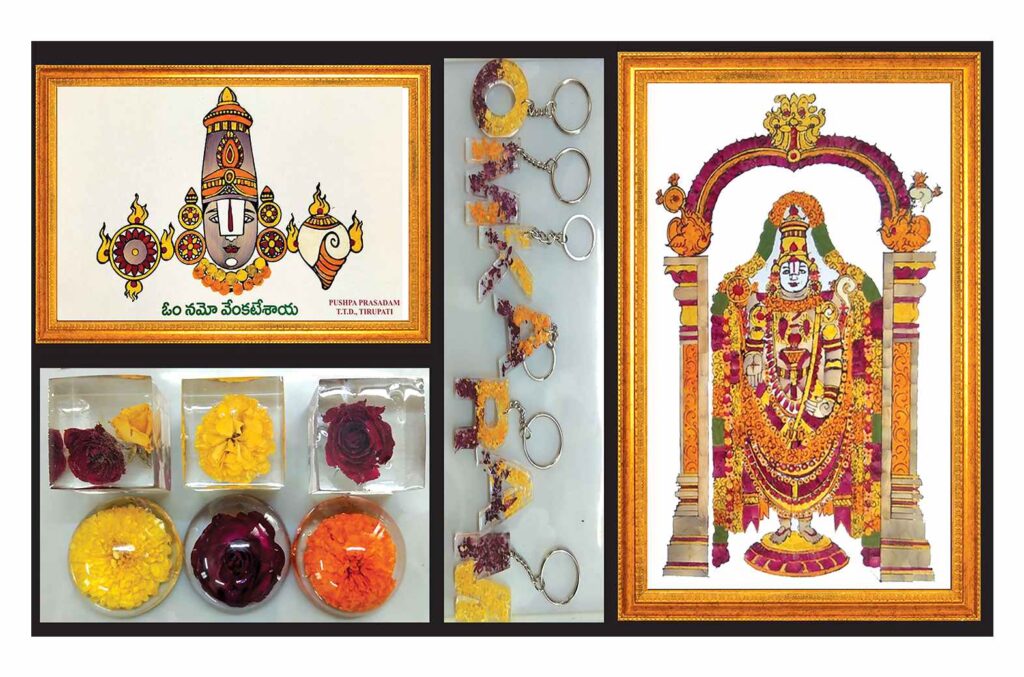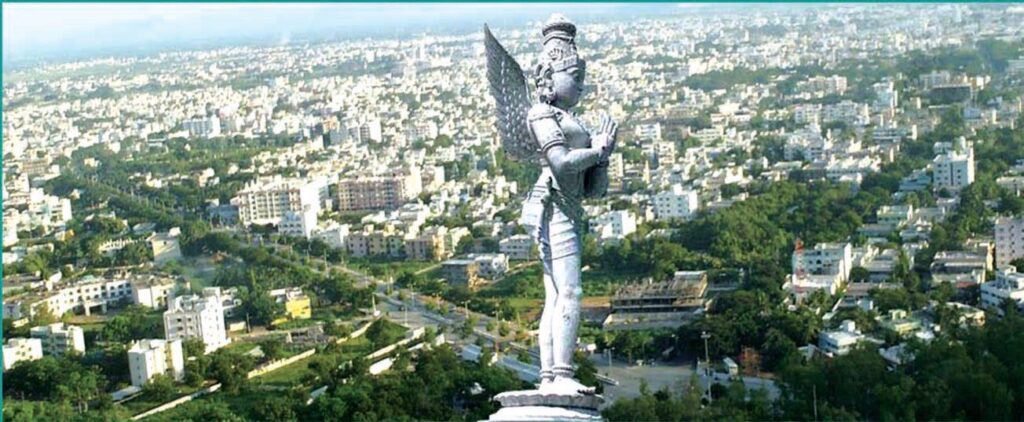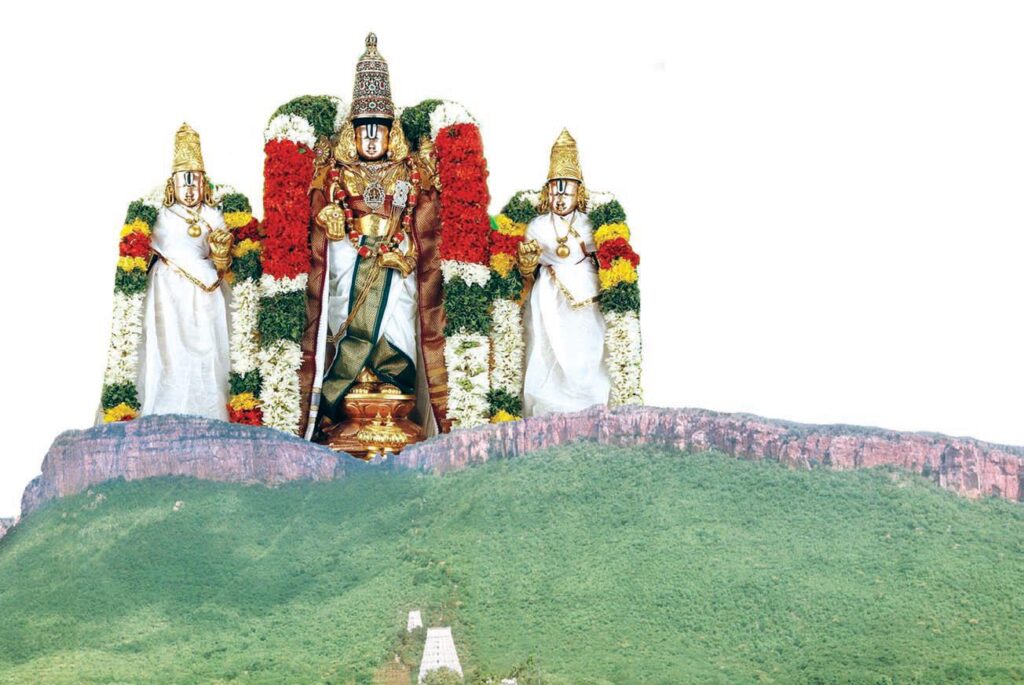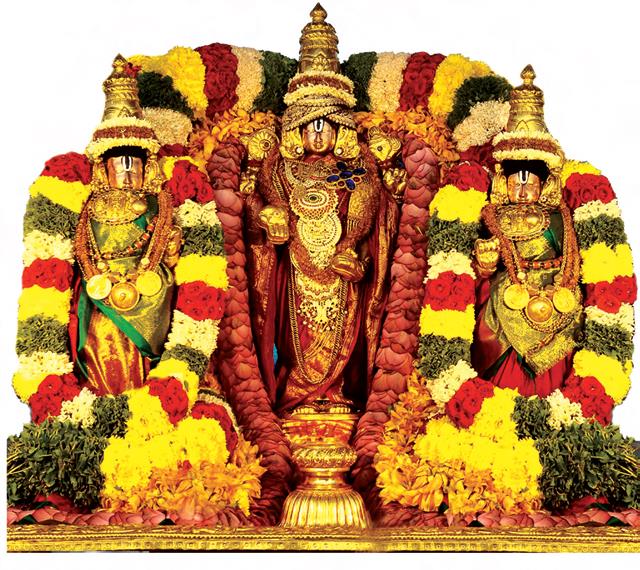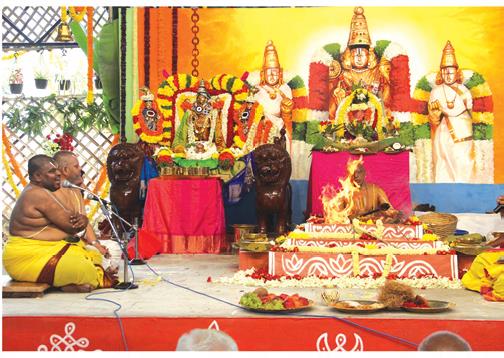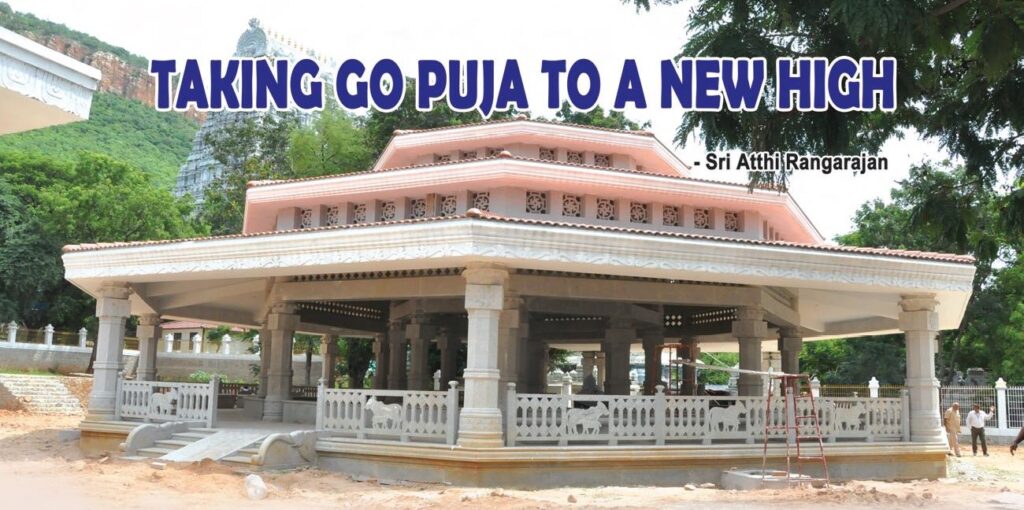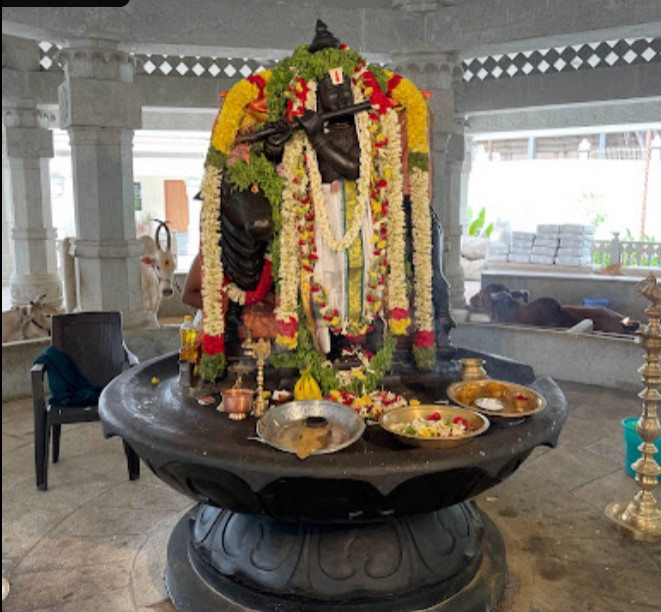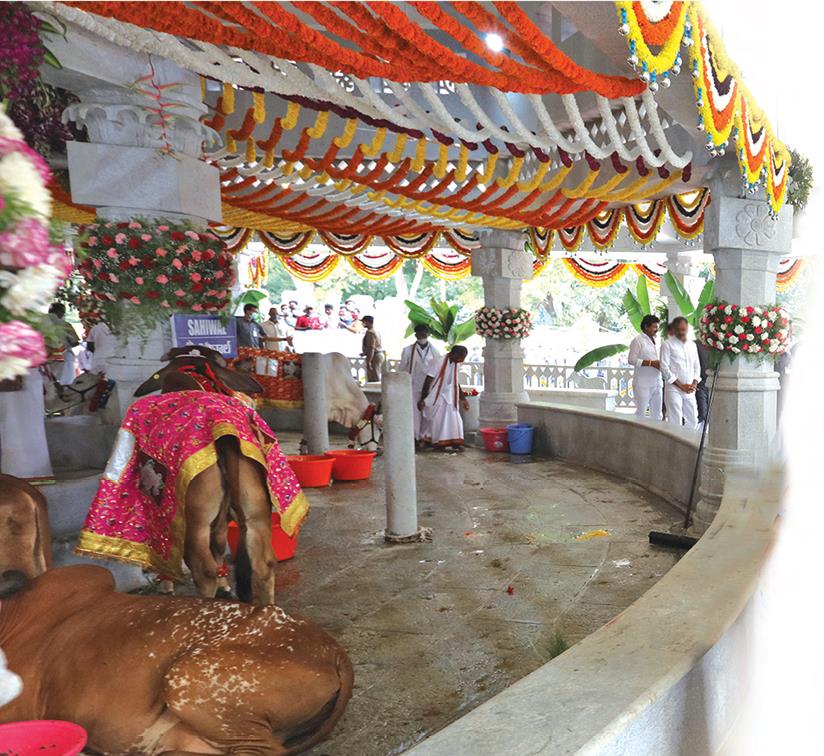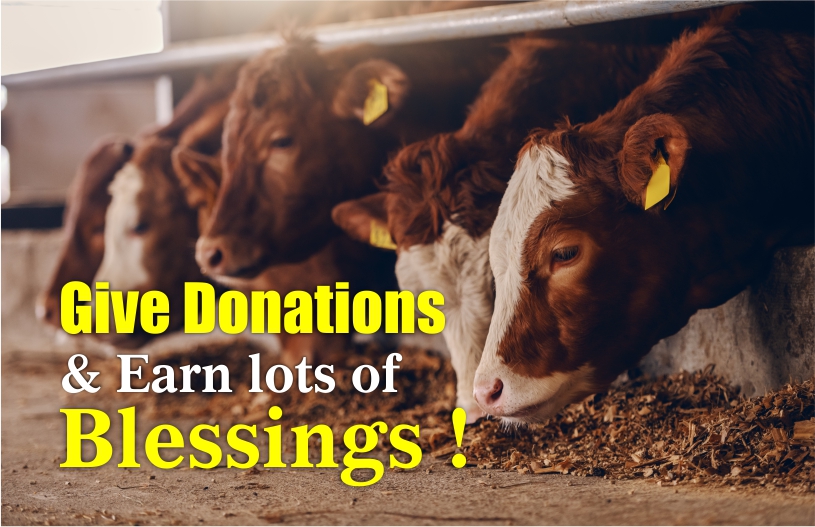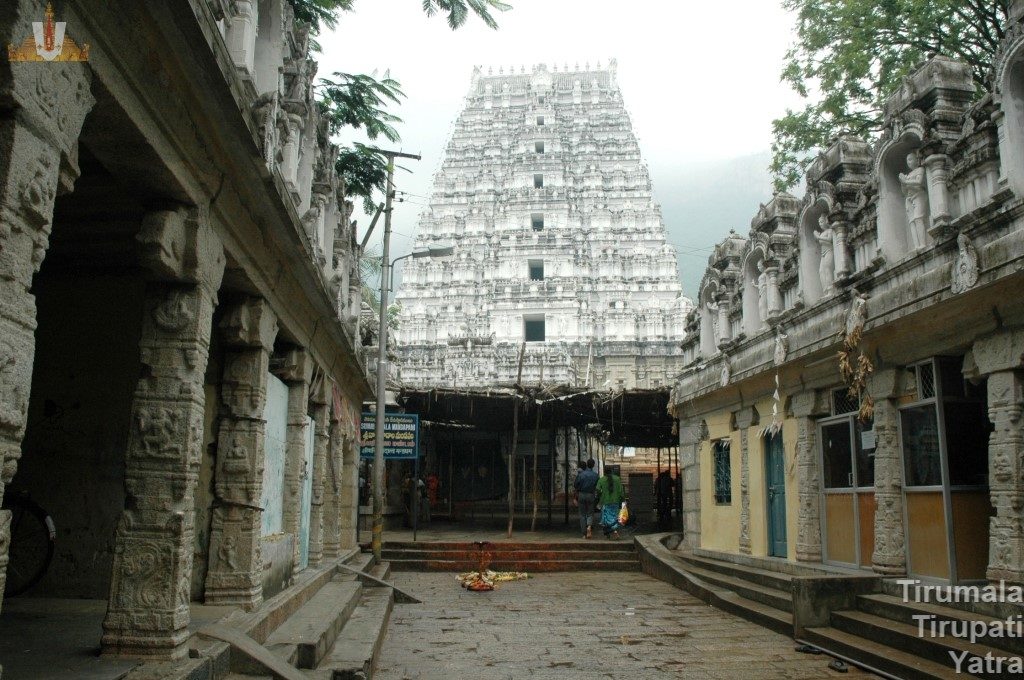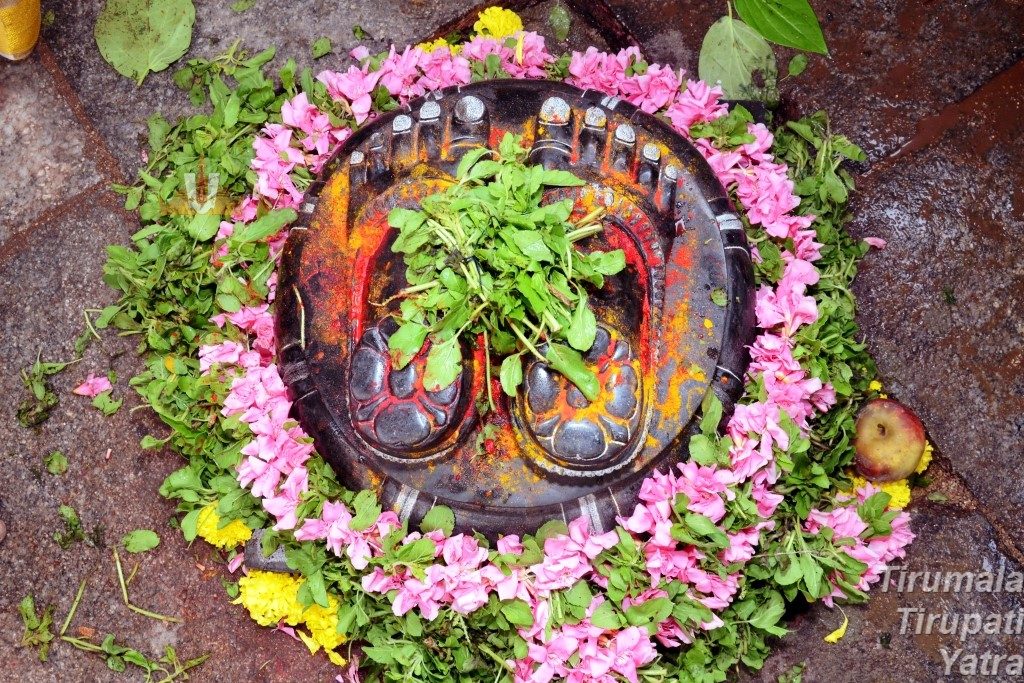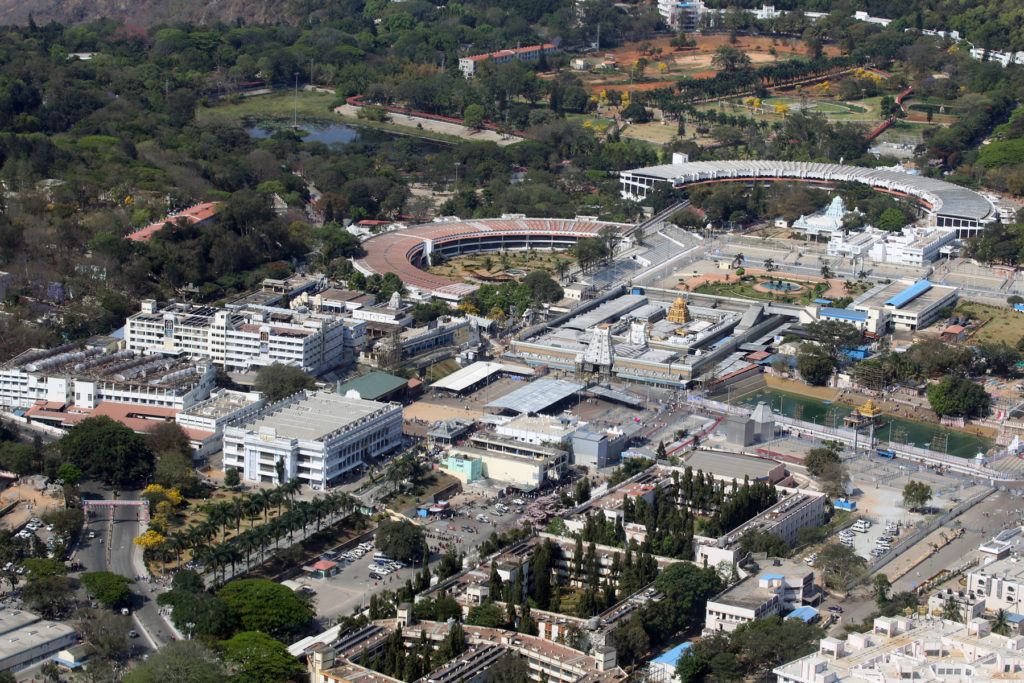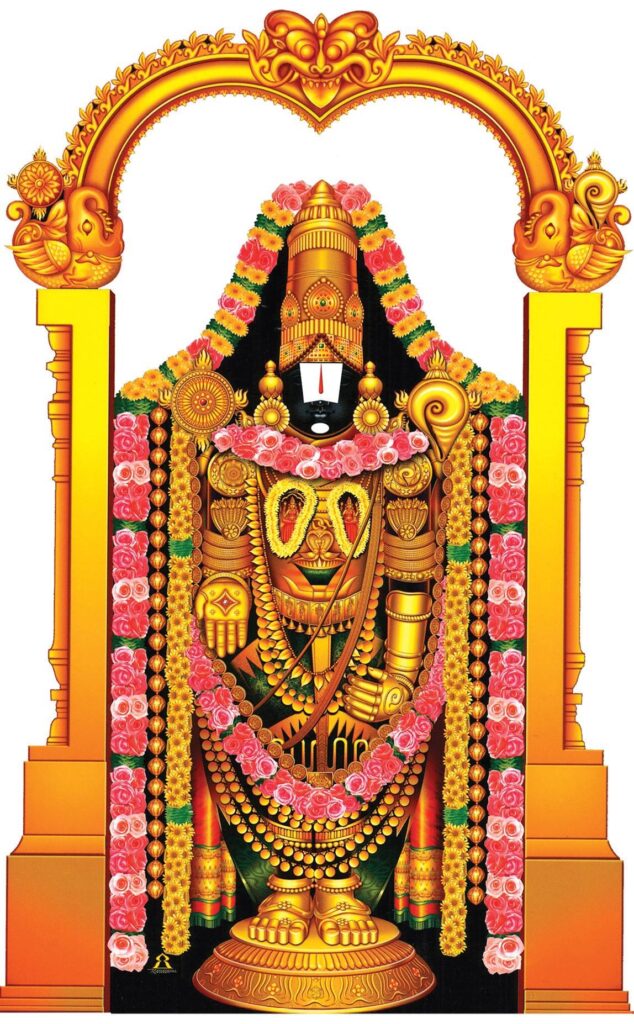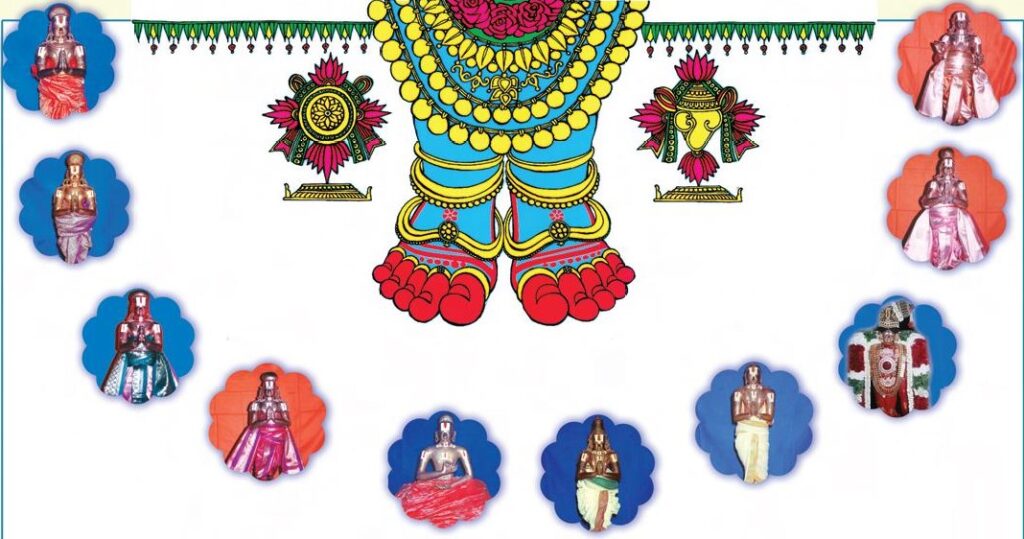SriVari Seva Services
Intending to offer better services to the pilgrims who come from far-flung parts of the country and across the globe to Tirumala for darshan of Sri Venkateswara Swamy, Tirumala Tirupati Devasthanams(TTD) has launched “Srivari Seva” voluntary service in the year 2000.
The services of Srivari Sevakulu are being utilized in over five dozen areas in Tirumala with major pilgrim interface areas including Vigilance, Health, Annaprasadam, Garden, Medical, LadduPrasadam, Temple, Transport, Kalyanakkatta, Book Stalls etc
According to Hindu scriptures, Seva is seen as the highest form of Dharma (righteousness). The concept of Seva which means Service is considered as one of the most important tenets of Hindu Sanatana Dharma.
Serving other people without seeking anything in return is considered an essential devotional practice of indirectly serving the Supreme God. In other words, Seva is simply defined as the ‘Selfless Act’ that is performed without any hopes of reciprocation, monetary benefits, awards, or rewards.
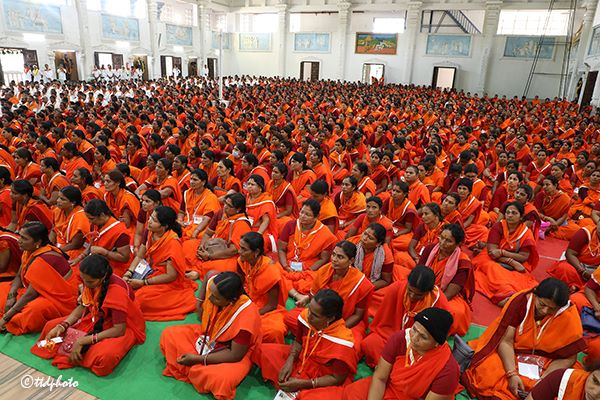
Origin of SriVari Seva
Every day tens of thousands of devotees throng the holy shrine of Sri Venkateswara. The devotees never mind to wait for long waiting hours in serpentine queue lines extending up to some kilometers from Tirumala shrine, to catch a glimpse of Srivaru for a fraction of a second.
Apart from darshan queue lines, Tirumala witnesses a heavy influx of devotees at the accommodation, Kalyanakatta, Annaprasadam, Laddu Complex, luggage counters, and everywhere To meet the requirements of ever-increasing pilgrim crowd to Tirumala, TTD has tossed the idea of a Voluntary Service initially in 1998 to offer services to the fellow devotees on a trial basis as “Srinivasa Seva”. Later during the year 2000 in November, “Srivari Seva” was launched in a full-fledged manner in Tirumala.
Beginning with just 200 numbers of Srivari Sevaks, today on any given day not less than 2000 sevaks render service to their fellow pilgrims in Tirumala. During the peak days like summer vacation, annual Brahmotsavams, Vaikuntha Ekadasi, Rathasapthami, etc. the figure doubles.
The Srivari Sevaks, a brigade of volunteers, are not just from Andhra Pradesh and Telangana but hail from Tamilnadu, Karnataka, Kerala, Maharashtra, Odisha, West Bengal, Jharkhand, New Delhi, Chattisgarh also.
Since its inception, so far 12.50 lakh Srivari Sevaks (till June 2022) belong to 95 thousand odd teams with 8.60 lakh female and 3.90 lakh male. Srivari Sevaks have rendered impeccable services to their fellow pilgrims in the last 22 years.
Journey From a small chamber to a 100 Crore MASSIVE BUILDINGS
During the initial days, the Srivari Seva office used to be in a small chamber located adjacent to the main Kalyanakatta in Tirumala. Along with the time, there has seen a lot of transformation in the last two decades of its journey.
Click here for the Google Maps location ( Srivari Seva Sadan)
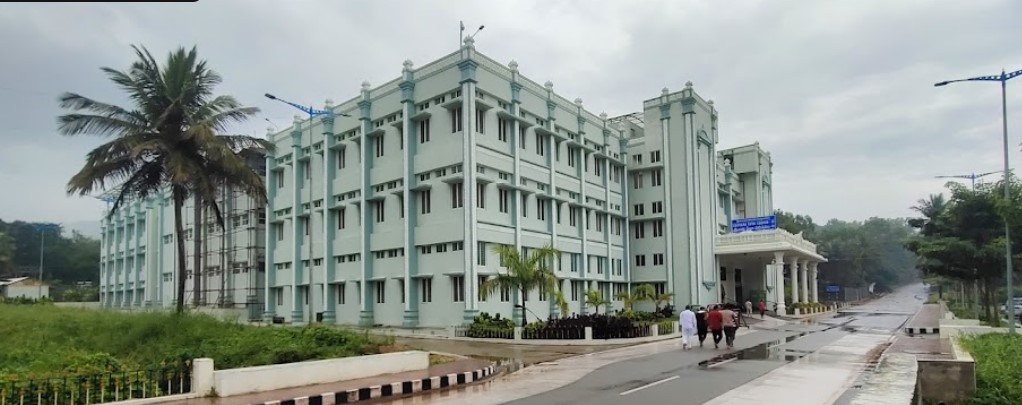
Considering the importance of Srivari Sevaks, TTD has constructed twin buildings opposite Sri Varaha Swami Rest House and behind the Kalyana Vedika in Tirumala at an expense of Rs.100 crores to accommodate both the female and male volunteers separately with well-furnished accommodation and other facilities.
SERVICE TO MANKIND IS SERVICE TO GOD
“Manava Seva ye Madhava Seva” – the service to Humanity is service to Divinity is a famous saying in the Hindu scriptures. Sticking to this noble ideology, TTD commenced the Srivari Seva Voluntary Service. Devotees from across the country of their own volition are making use of this opportunity to serve their compatriot devotees selflessly.
A Supporting Arm to TTD
The services of Srivari Sevaks are being utilized at different areas in TTD among which the prominent ones include Vigilance, Health, Anna Prasadam, Garden, Medical, Laddu Prasadam, Srivari Temple, Transport, Kalyanakatta, Book stalls and Agarbatti- Panchagavya sales while the professional sevas includes Parakamani and Navaneeta Seva.
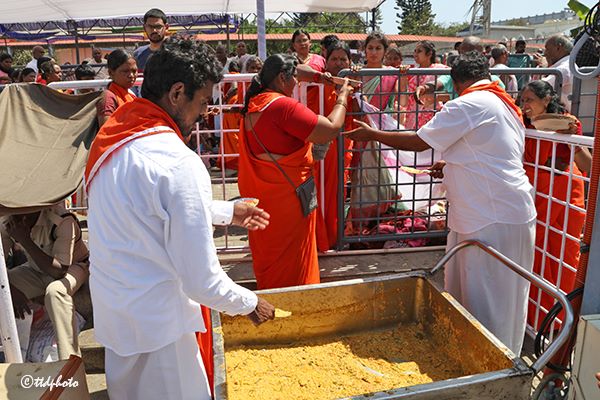
Some areas where Srivari Sevaks render services
- Queue lines, and compartments to regulate devotee crowds
- Serving drinking water, buttermilk, snacks, milk, and Anna Prasadam in the VQC Compartments, Narayanagiri Garden Sheds, outside queue lines, food counters, etc.
- Serving at Matrusri Tarigonda Vengamamba Anna Prasadam Complex (MTVAC), PAC-II.
- Scanning the luggage of devotees.
- Preparation of Garlands, and plucking of flowers at the Garden department.
- Sale of religious books, TTD calendars and diaries, Panchagavya, Dry Flower Technology photo frames, Agarbattis, etc.
- Assisting the aged and handicapped devotees at Darshan queues and hospitals.
- Sale of Coconuts and biodegradable covers in laddu counters.
- Splitting of Cashew nuts for making Laddu Prasadams and Anna Prasadams.
- Getting feedback from devotees for the betterment of the system.
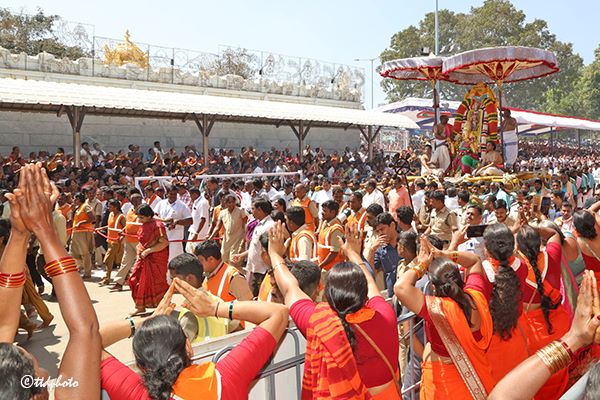
SPECIALIZED SEVAs
Apart from the general sevas, TTD has also introduced specialized sevas including Parakamani and Navaneetha Sevas.
Parakamani Seva
Parakamani is the counting and accounting of the currencies and coins offered by the devotees in Srivari Hundi. The Parakamani Seva was commenced by TTD in August 2012. Only male sevaks aged between 25 years and 65 years are eligible to apply for Parakamani Seva.
Navaneetha Seva
To render service to Gomatathe cow, as per the traditional practices mentioned in the great epics and scriptures of the Hindu Santana Dharma, Navaneetha seva was commenced by TTD in August 2021 on the auspicious occasion of Sri Krishna Janmashtami at S.V. Gosala in Tirumala.
This unique seva includes cleaning the Gosala premises, drawing Rangolis, making cakes with cow dung to use as fuel material, feeding fodder to cows, churn butter through traditional means, etc.
Devotees who are willing to render the Navaneetha Seva shall have to apply only online. Only women sevaks aged between 35 years and 50 years are eligible to apply for Navaneetha Seva.
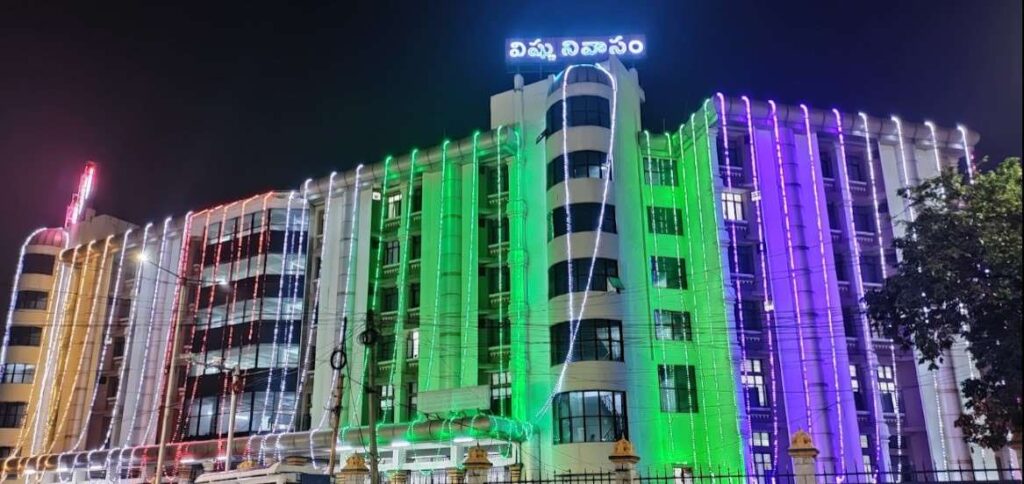
SRIVARI SEVA IN TIRUPATI
After the successful implementation of Srivari Seva in Tirumala, the same Services has been commenced in Tirupati also in the year 2014. The services of Srivari Sevaks are being utilized at Tirupati, Tiruchanoor, and local temples viz. Srinivasa Mangauram, Appalayagunta, Central Hospital, DPW Stores, Marketing Godown, S.V. Gosala, Rest Houses of TTD, Annaprasadam etc. The women and men volunteers are being provided accommodation at Vishnu Nivasam in Tirupati located opposite the Railway station.
BHAJAN AND SATSANG TO SRIVARI SEVAKS
TTD intends to imbibe service orientation, and religious motivation among Srivari Sevaks by providing training to them. Every day Bhajana and Satsang classes are being conducted to Srivari Sevaks along with orientation on Do’s and Don’ts at Tirumala Seva Sadan both in the morning and in the evening. Similarly, every Tuesday and Friday, the Bhajana and Satsang Classes are held in Sevaks at Tirupati Vishnu Nivasam.
Hindu Sanatana Dharma
Apart from rendering services at various points in Tirumala and Tirupati, the Srivari Sevaks are voluntarily taking part in various spiritual and Dharmic activities mulled by TTD across different parts of the country.
Be it the opening of Sri Venkateswara Divya Kshetrams at Visakhapatnam, Bhuvaneshwar, Amaravati, or religious programs like Karthika Deepotsavams, Venkateswara Vaibhavotsavams, Srinivasa Kalyanams etc. taken up by TTD, everywhere Srivari Sevaks have been offering dedicated services to the local devotees, thereby acting as the “Torch Bearers” of Hindu Santana Dharma.
Instructions to SriVari Sevaks
- Only Hindus shall apply for Srivari Seva.
- The Srivari Seva is a free service intended to serve fellow pilgrims.
- Sevaks will be allowed to book for General Seva / Parakamani Seva / Navaneetha Seva again only after 90 days from the performance of their last seva date.
- Devotees who are willing to perform General Srivari Seva have to apply either online or offline.
- The minimum strength for a group is 10 and the maximum is 15 which can be booked both off-line as well in online.
Offline Process
The sevaks who intend to perform Srivari Seva have to write a letter to the following address.
The Public Relations Officer,
TTD Administrative Building, Room No.60
K.T. Road, Tirupati- 517501
Phone: 0877 – 2264217
The selected Srivari Sevaks shall receive a copy of proceedings from the Office of PRO, Tirupati inviting them for Srivari Seva and also a confirmation SMS will be forwarded to their registered mobile Number.
Online Process
To avail Srivari Seva, one has to register online by login to srivariseva.tirumala.org. (The instructions and procedure to apply online are available on the TTD official website).
The age limit for applying (as an Individual or group) Srivari Seva (General) for a period of 7 days is 18 to 60 years.
Sri Vari Sevaks Dress Code
For Women Volunteers:
Orange saree with Maroon border and Maroon blouse or
Orange top with Maroon dupatta and Maroon Pyjama
For Men Volunteers:
White Shirt with White Pants or Dhoti
ONLINE SYSTEM INTRODUCED TO ENHANCE TRANSPARENCY IN SRIVARI SEVA
For the latest updates on SriVari Seva, Click here
